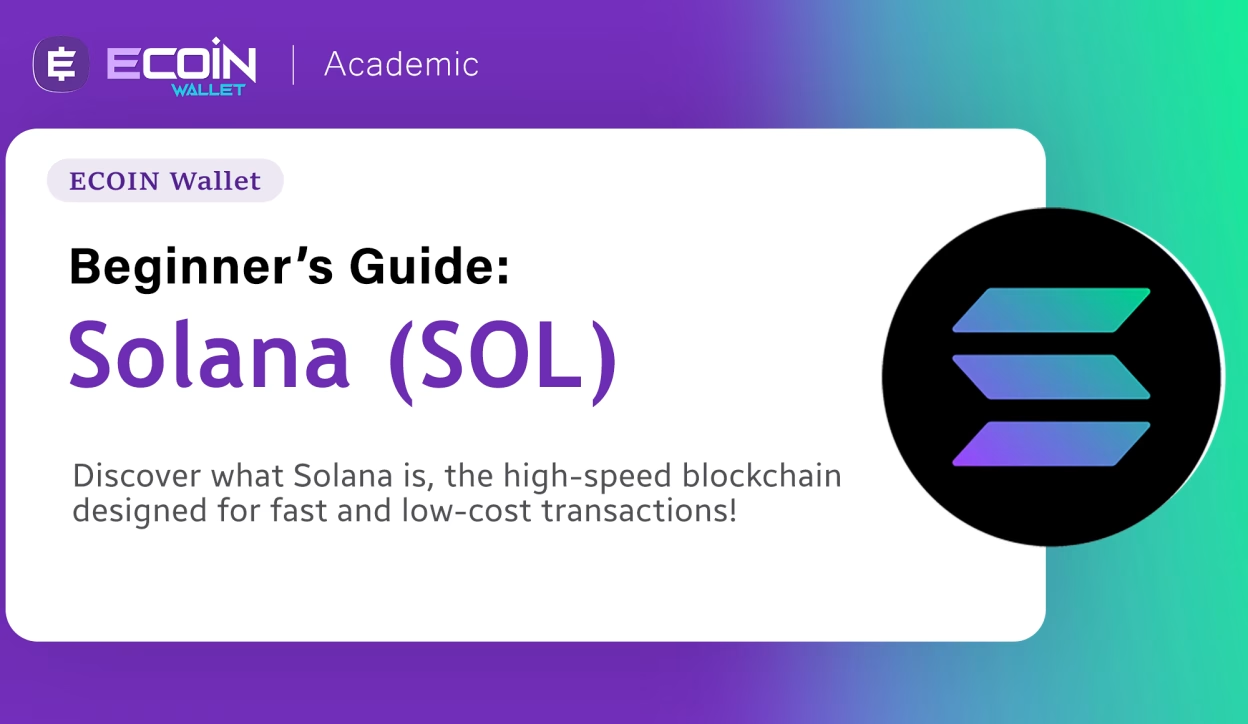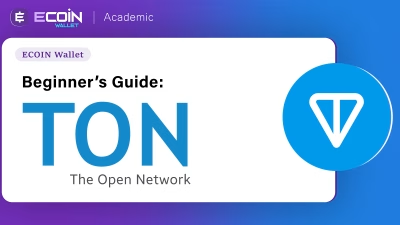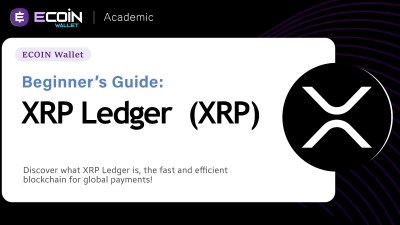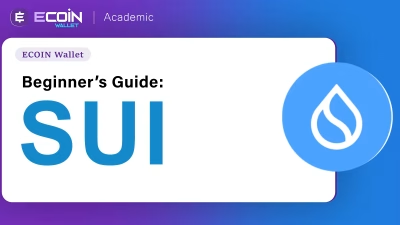Solana is a high-performance blockchain platform designed to support decentralized applications (dApps) and crypto-assets at scale. Founded in 2017 by Anatoly Yakovenko, a former engineer at Qualcomm, Solana aims to address the scalability issues faced by other blockchains like Bitcoin and Ethereum. The platform officially launched in March 2020 under the stewardship of the Solana Foundation, based in Geneva, Switzerland.
Technical Architecture and Consensus Mechanism
Solana’s architecture is built for speed and scalability. It employs a unique consensus mechanism known as Proof of History (PoH), developed by Yakovenko, which creates a historical record that proves that an event has occurred at a specific moment in time. This is combined with the Proof of Stake (PoS) mechanism, where validators are chosen based on the number of tokens they hold and are willing to “stake” as collateral. This combination allows Solana to process transactions at a high rate, boasting capabilities of up to 50,000 transactions per second (TPS) with an average block time of 400 milliseconds. The network’s design allows transaction throughput to scale proportionally with network bandwidth, theoretically reaching up to 28.4 million TPS on a 40-gigabit network.
Key Milestones and Price Evolution
- March 2020: Solana’s mainnet beta is launched, with its native token, SOL, priced at approximately $0.22.
- August 2021: The platform gains significant attention with the launch of the “Degenerate Ape Academy” NFT collection, leading to a surge in SOL’s price to around $30.
- September 2021: SOL reaches an all-time high of approximately $214, driven by the rapid expansion of decentralized finance (DeFi) projects and NFT platforms on Solana.
- November 2021: SOL’s price peaks at $260.11, reflecting growing investor interest and network adoption.
- June 2022: Following a broader market correction, SOL’s price declines to around $30.
- March 2024: SOL experiences a resurgence, reaching $209.82, as the platform continues to attract DeFi projects, NFT marketplaces, and Web3 gaming applications.
- January 2025: Solana achieves a new all-time high (ATH) of $275, propelled by the launch of the $TRUMP memecoin, officially endorsed by former U.S. President Donald Trump.
Ecosystem and Use Cases
Solana has established itself as a leading platform for various applications:
- Decentralized Finance (DeFi): Projects like Serum and Raydium leverage Solana’s high throughput and low fees to offer decentralized trading and yield farming services.
- Non-Fungible Tokens (NFTs): The network’s efficiency has attracted NFT platforms, enabling artists and creators to mint and trade NFTs with minimal transaction costs.
- Web3 Gaming and Metaverse: Developers are building play-to-earn games and virtual worlds on Solana, benefiting from its scalability and speed.
Challenges and Outlook
Despite its technological advancements, Solana has faced challenges, including network outages and debates over decentralization due to the high hardware requirements for validators. However, the development team continues to address these issues, and the platform’s ecosystem is expanding, indicating a promising future in the blockchain space.
In summary, Solana has emerged as a formidable player in the blockchain industry, offering scalable solutions for decentralized applications and attracting a diverse range of projects and users.
Solana’s Emergence as the Go-To Platform for Memecoins
In recent years, Solana has become a preferred blockchain for launching memecoins—cryptocurrencies inspired by internet memes—due to its high transaction speeds and low fees. This trend was notably highlighted by the creation of the $TRUMP memecoin, associated with former U.S. President Donald Trump.
- The $TRUMP Memecoin Phenomenon: In January 2025, Donald Trump introduced the $TRUMP memecoin on the Solana network. This initiative generated significant attention, with reports indicating that the project amassed at least $350 million within three weeks of its launch. The token’s value surged, leading to increased activity on Solana-based decentralized exchanges like Raydium, which processed an unprecedented $16 billion in trades in a single day.
- Impact on Solana’s Network: The success of $TRUMP spurred a wave of memecoin creations on Solana. On March 10, 2024, data from Solscan revealed that over 8,600 memecoins were launched on the network in a single day, underscoring Solana’s growing reputation as the “home of memes.” While this surge in activity showcased the network’s scalability, it also contributed to congestion, prompting discussions about increasing block space to accommodate the influx.
- Broader Implications: The proliferation of memecoins on Solana has had mixed outcomes. While the network benefited from heightened activity and developer interest, concerns arose regarding the speculative nature of these tokens and potential conflicts of interest, especially with high-profile figures like Trump promoting their own cryptocurrencies. Nonetheless, Solana’s ability to handle such a high volume of transactions has solidified its position as a leading platform for emerging digital assets.
In summary, Solana’s efficient infrastructure has made it an attractive platform for memecoin projects, exemplified by the launch of $TRUMP. This trend has both showcased the network’s strengths and highlighted challenges associated with rapid, speculative growth in the cryptocurrency space.
Conclusion
Solana has emerged as one of the most innovative and scalable blockchain networks, offering high-speed transactions and low fees that have made it an attractive choice for DeFi projects, NFTs, gaming applications, and even the growing memecoin sector. Its unique Proof of History (PoH) mechanism, combined with Proof of Stake (PoS), has positioned it as a serious competitor to other major blockchains like Ethereum.
Despite facing challenges such as network outages and concerns over decentralization, Solana continues to expand its ecosystem, attracting developers, investors, and high-profile projects. The recent surge in memecoins, including the $TRUMP token, has further cemented Solana’s reputation as a blockchain capable of handling large-scale, high-volume transactions.
Looking ahead, Solana’s success will depend on its ability to maintain network stability, foster sustainable growth, and innovate within the rapidly evolving Web3 space. If it can address its current challenges, Solana is well-positioned to remain a dominant force in the blockchain industry for years to come.
Disclaimer: Content is for informational purposes and not investment advice. Web3 and crypto come with risk. Please do your own research with respect to interacting with any Web3 applications or crypto assets. View our terms of service.



